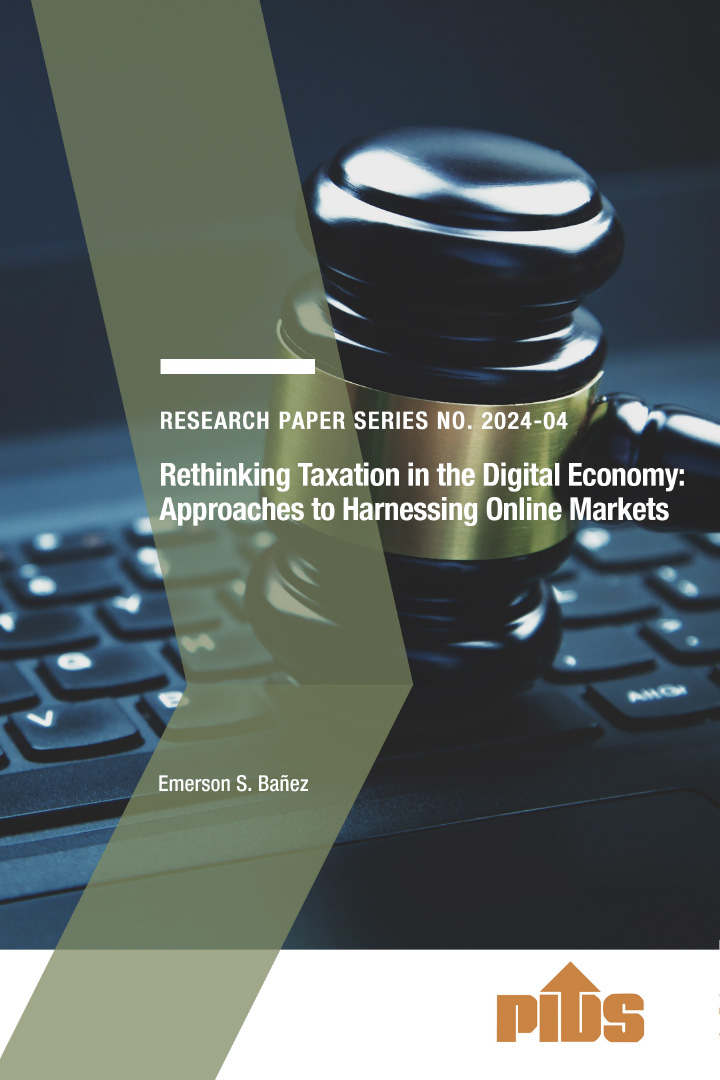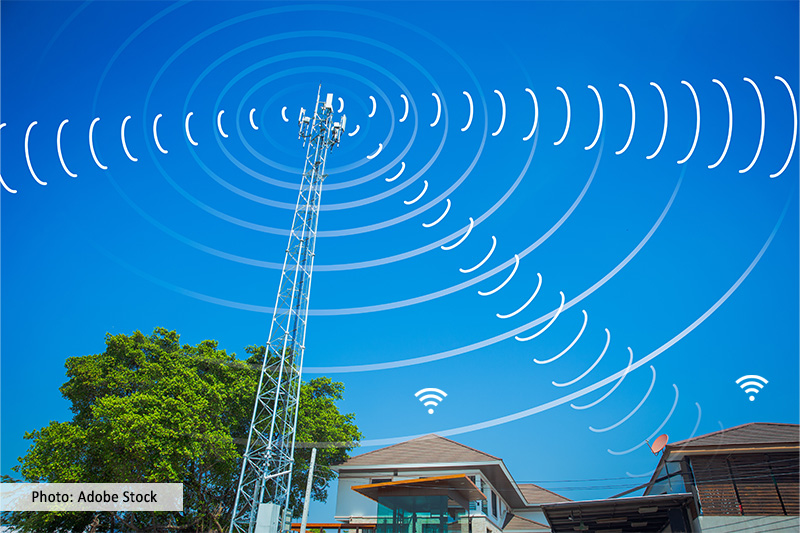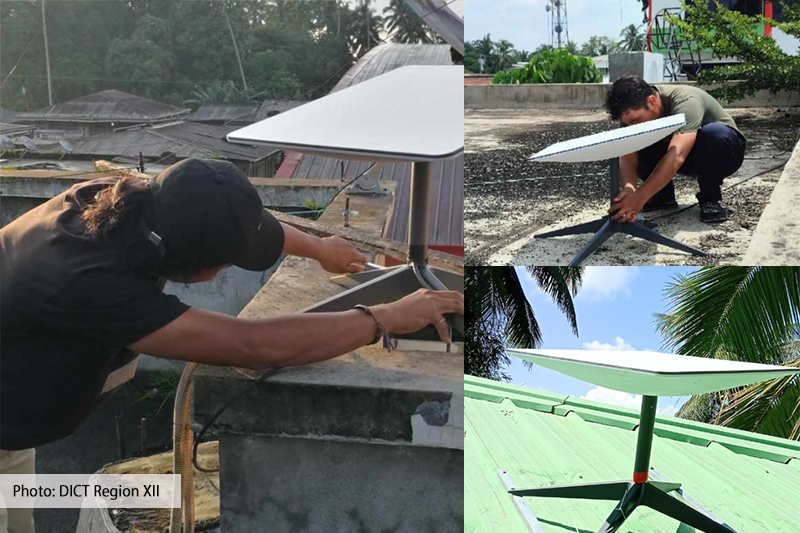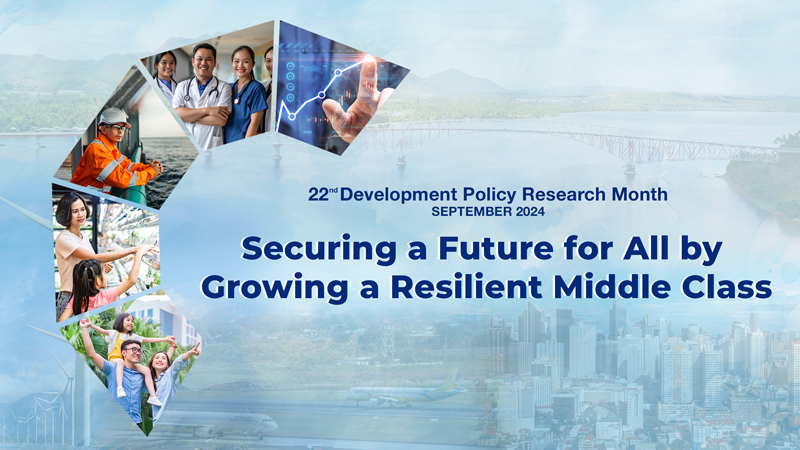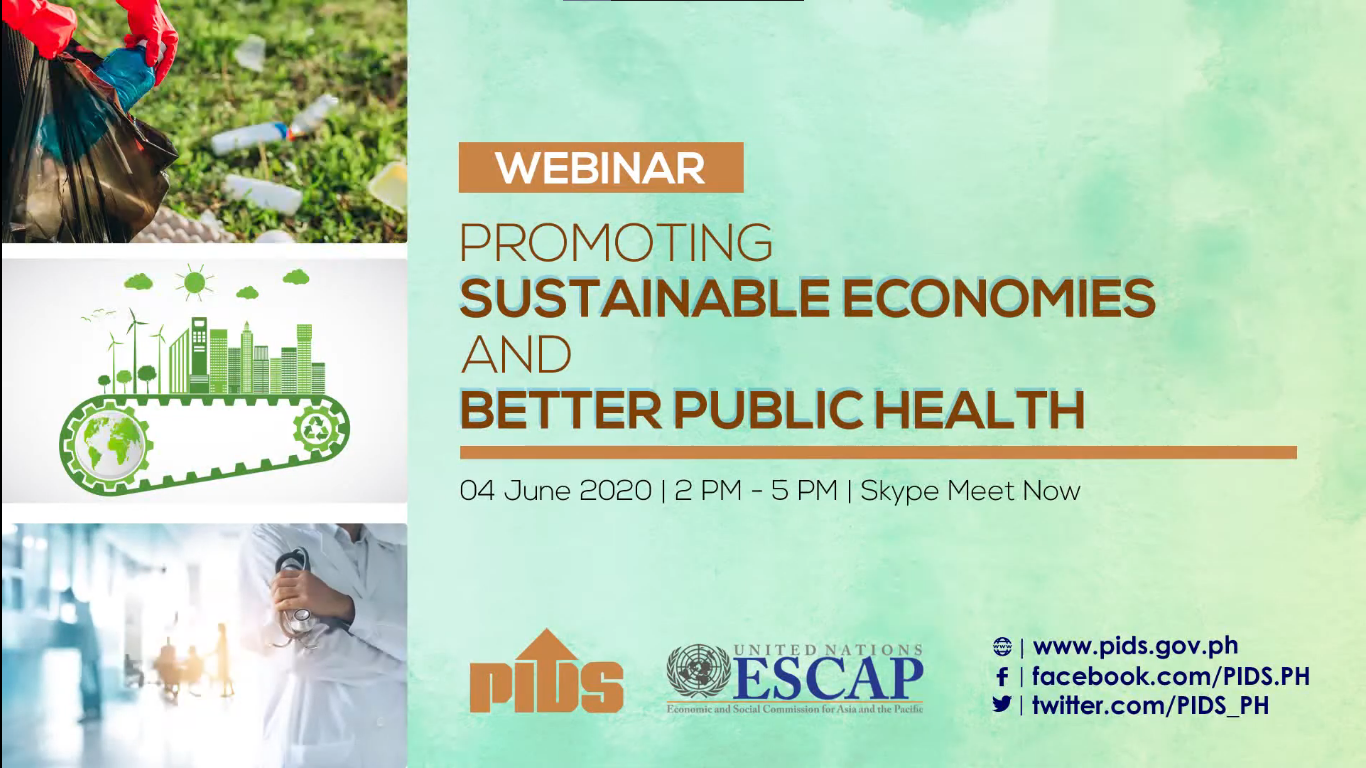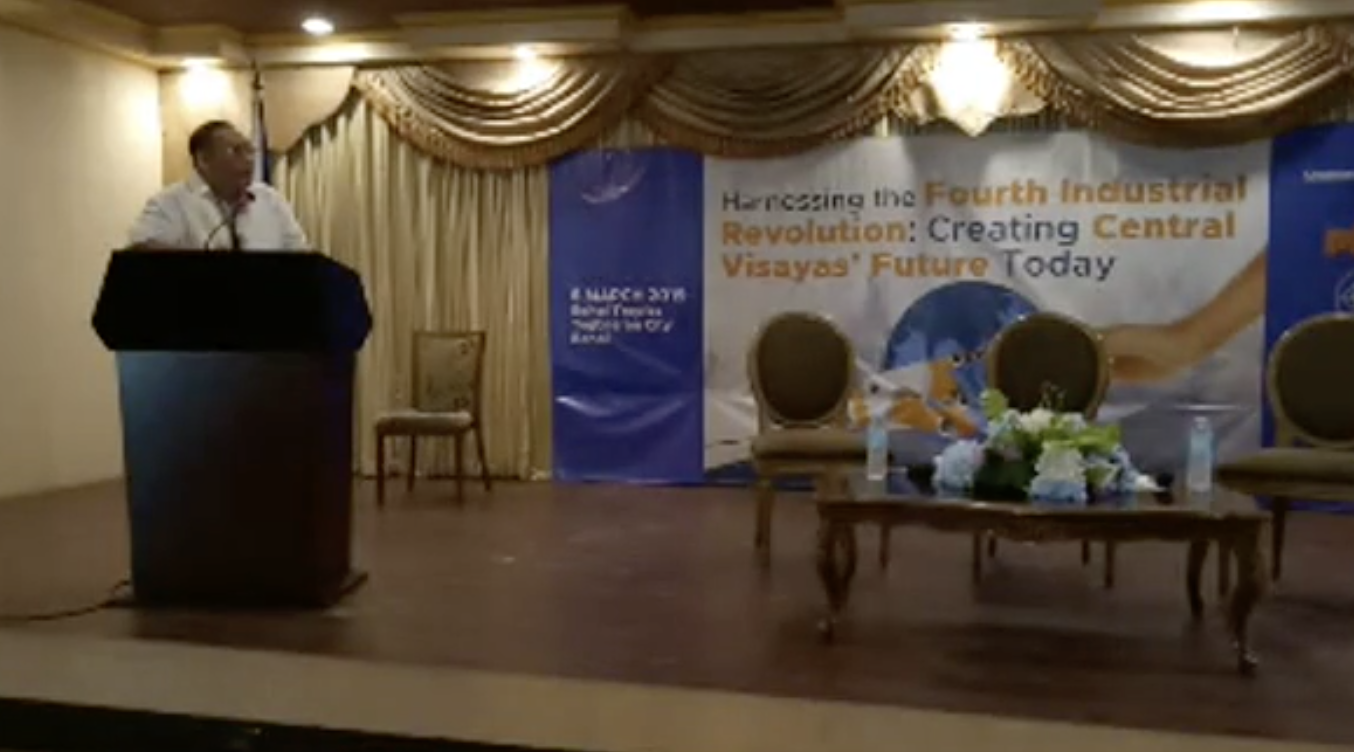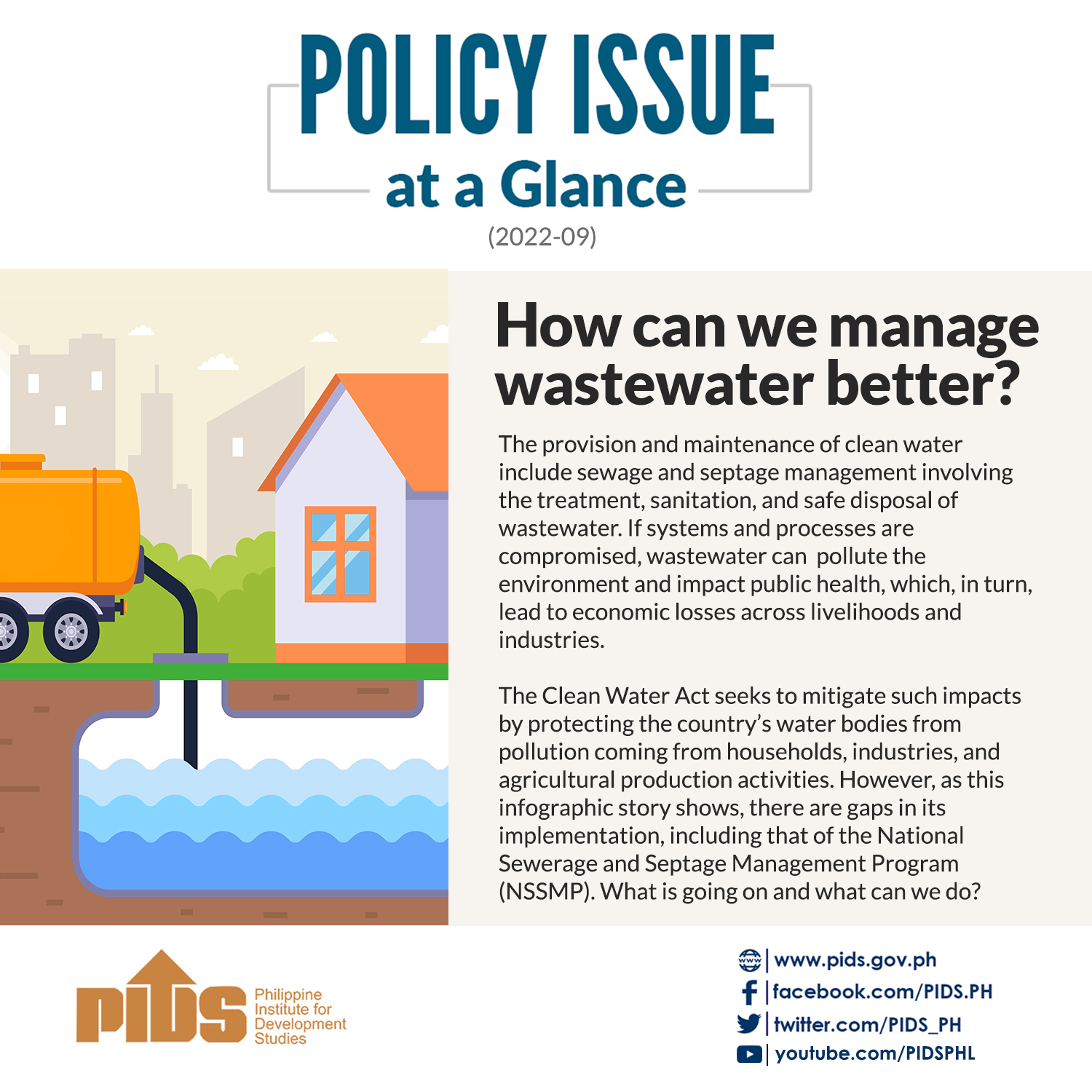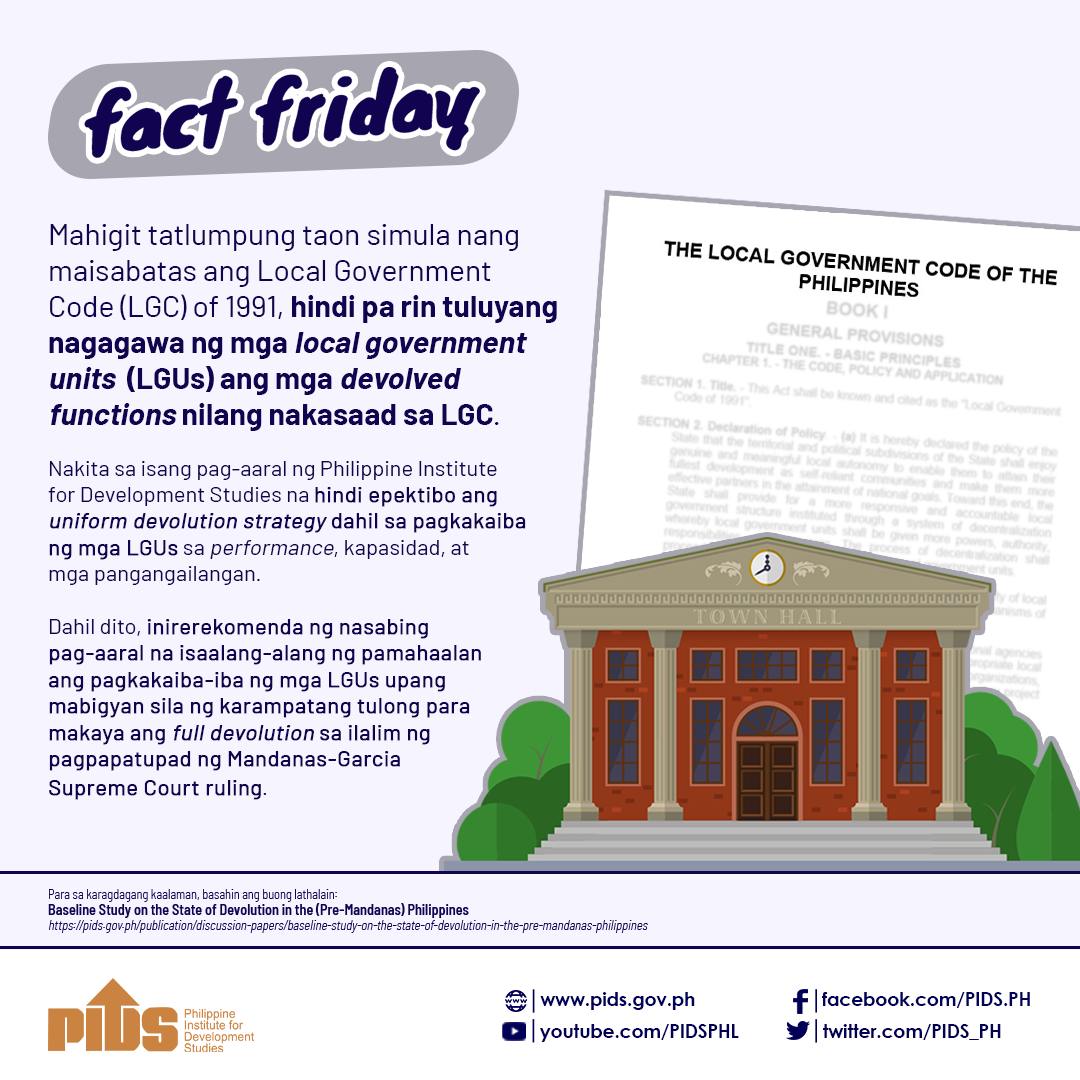Over the past month, the situation at the West Philippine Sea (WPS) has significantly changed for the Philippines, due to two “firsts”—Chinese ramming and sinking a Filipino fishing boat on June 9, and Chinese antiship ballistic missile tests in the WPS reported on July 2.
The missile tests demolish China’s commitment from 2015 that it would not militarize the islands. How should we recast Philippine strategy toward Chinese actions in the WPS? Beyond our fixation with the boat-ramming incident, the Philippines needs now to consider the default trends:
First, there will be more maritime incidents between Chinese vessels and Filipino fishing vessels. This is going to be likely because: 1) Chinese vessels have dramatically crowded the WPS, in heightened contact with Filipino vessels; 2) Procedures for collision and similar incidents are not in place; 3) Filipinos are enraged by Chinese actions, and vice versa; 4) The Chinese and Filipino governments are unable to anticipate and control potentially conflict-inducing behavior in the WPS; 5) Third parties (other claimant countries’ governments, militia, fishers, ultranationalists, pirates and smugglers) might intentionally or unintentionally trigger violent confrontation.
Second, President Duterte will continue with his “pushover strategy” as a way of simplifying and avoiding conflict with China. This will squander the opportunities available to the Philippines to: a) strengthen joint containment strategy arrangements with other claimant countries like Vietnam and Indonesia; b) internationalize the Chinese predatory actions in the WPS to inflict “reputational costs” on China, which is pursuing a global prestige-building campaign; c) counterbalance the Chinese expansionism by rebuilding the close and special ties of the Philippines with the United States and its allies with credible deterrent powers; d) use the Philippines’ professional diplomatic and negotiating resources to engage in continuous constructive clarificatory conversations at the strategic and tactical levels; and e) forge an all-of-government coherent and far-seeing strategy, given the fresh mandate from the electorate in the May 2019 elections.
Third, China’s predatory behavior will further expand, strengthen and solidify, as it weaponizes the whole Chinese government, economy and society behind its expansionist agenda. In particular, the lesson is clear for China—the best investment in capturing and controlling the Philippines with least resistance is to shoehorn a series of Manchurian presidents beyond Mr. Duterte’s term.
What is to be done? We need to put our institutional minds together, as a basis for identifying what we can do better together. Philippine think tanks should formulate an umbrella framework within which to assign and cultivate their own policy study backyards. Like individual personal computers, they need to link up into a powerful, interoperable, strategic system with high bandwidth and capacity.
There are almost 7,000 think tanks worldwide. In 2014, the Global Go To Think Tanks Report and Policy Advice at the University of Pennsylvania has listed Filipino think tanks among the top in Southeast Asia and the Pacific and in the world, namely the Institute for Strategic and Development Studies, the Philippine Institute of Development Studies, the Asian Institute of Management Policy Center, the Institute for Solidarity in Asia, the Initiatives for International Dialogue and the Center for International Relations and Strategic Studies. Other excellent Philippine-based think tanks are the University of the Philippines (UP) Institute for Maritime Affairs and Law of the Sea, Ateneo Policy Center, Stratbase Albert del Rosario Institute, the UP Third World Studies Center, The Asia Foundation and Ibon Foundation.
The government and the Filipino people need think tanks to help map our way forward. There will be no time to formulate these options when a real crisis comes along in our relations with China. Beyond planes, ships and Army tanks, we need to fire up and volt in our think tanks for long-term national impact.



